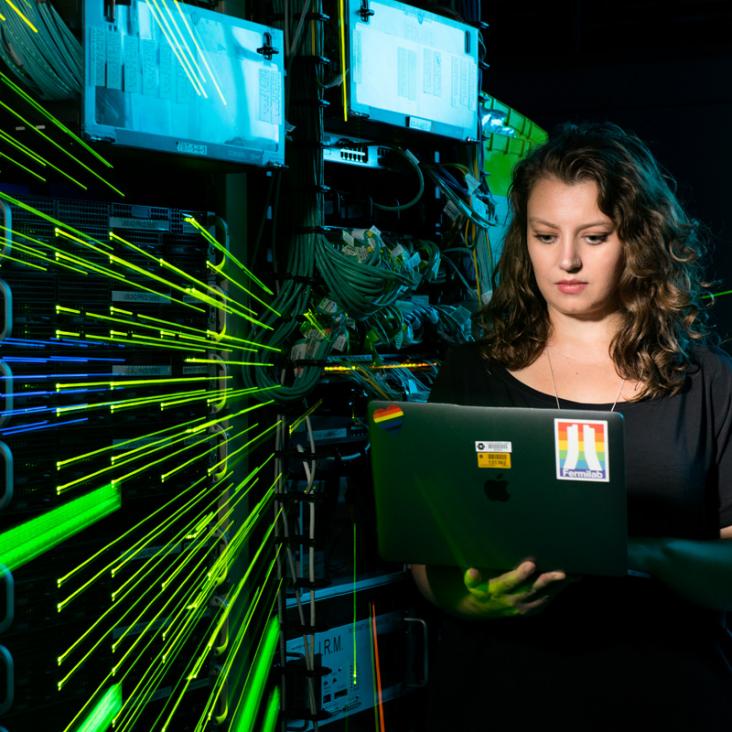Novel approach for evaluating detector-related uncertainties in a LArTPC using MicroBooNE data
European Physical Journal C Springer 82:5 (2022) 454
Abstract:
Primary challenges for current and future precision neutrino experiments using liquid argon time projection chambers (LArTPCs) include understanding detector effects and quantifying the associated systematic uncertainties. This paper presents a novel technique for assessing and propagating LArTPC detector-related systematic uncertainties. The technique makes modifications to simulation waveforms based on a parameterization of observed differences in ionization signals from the TPC between data and simulation, while remaining insensitive to the details of the detector model. The modifications are then used to quantify the systematic differences in low- and high-level reconstructed quantities. This approach could be applied to future LArTPC detectors, such as those used in SBN and DUNE.First Measurement of Energy-Dependent Inclusive Muon Neutrino Charged-Current Cross Sections on Argon with the MicroBooNE Detector
Physical Review Letters American Physical Society (APS) 128:15 (2022) 151801
New CC 0π GENIE model tune for MicroBooNE
Physical Review D American Physical Society 105:7 (2022) 072001
Abstract:
Obtaining a high-quality interaction model with associated uncertainties is essential for neutrino experiments studying oscillations, nuclear scattering processes, or both. As a primary input to the MicroBooNE experiment’s next generation of neutrino cross section measurements and its flagship investigation of the MiniBooNE low-energy excess, we present a new tune of the charged-current pionless (CC0π) interaction cross section via the two major contributing processes—charged-current quasielastic and multinucleon interaction models—within version 3.0.6 of the GENIE neutrino event generator. Parameters in these models are tuned to muon neutrino CC0π cross section data obtained by the T2K experiment, which provides an independent set of neutrino interactions with a neutrino flux in a similar energy range to MicroBooNE’s neutrino beam. Although the fit is to muon neutrino data, the information carries over to electron neutrino simulation because the same underlying models are used in GENIE. A number of novel fit parameters were developed for this work, and the optimal parameters were chosen from existing and new sets. We choose to fit four parameters that have not previously been constrained by theory or data. Thus, this will be called a theory-driven tune. The result is an improved match to the T2K CC0π data with more well-motivated uncertainties based on the fit.First measurement of inclusive electron-neutrino and antineutrino charged current differential cross sections in charged lepton energy on argon in MicroBooNE
Physical Review D: Particles, Fields, Gravitation and Cosmology American Physical Society 105 (2022) L051102
Abstract:
We present the first measurement of the single-differential νe + ¯νe charged-current inclusive cross sections on argon in electron or positron energy and in electron or positron scattering angle over the full range. Data were collected using the MicroBooNE liquid argon time projection chamber located off-axis from the Fermilab Neutrinos at the Main Injector beam over an exposure of 2.0 × 1020 protons on target. The signal definition includes a 60 MeV threshold on the νe or ¯νe energy and a 120 MeV threshold on the electron or positron energy. The measured total and differential cross sections are found to be in agreement with the GENIE, NuWro, and GiBUU neutrino generators.Search for neutrino-induced neutral current Δ radiative decay in MicroBooNE and a first test of the MiniBooNE low energy excess under a single-photon hypothesis
Physical Review Letters American Physical Society 128:11 (2022) 111801


